Propaganda is communication that is primarily used to influence or persuade an audience to further an agenda, which may not be objective and may be selectively presenting facts to encourage a particular synthesis or perception, or using loaded language to produce an emotional rather than a rational response to the information that is being presented. Propaganda can be found in a wide variety of different contexts.
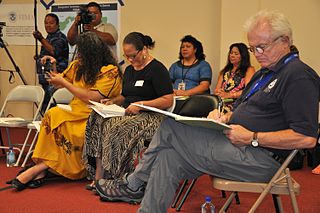
Public relations (PR) is the practice of managing and disseminating information from an individual or an organization to the public in order to influence their perception. Public relations and publicity differ in that PR is controlled internally, whereas publicity is not controlled and contributed by external parties. Public relations may include an organization or individual gaining exposure to their audiences using topics of public interest and news items that do not require direct payment. The exposure is mostly media-based, and this differentiates it from advertising as a form of marketing communications. Public relations aims to create or obtain coverage for clients for free, also known as earned media, rather than paying for marketing or advertising also known as paid media. But in the early 21st century, advertising is also a part of broader PR activities.
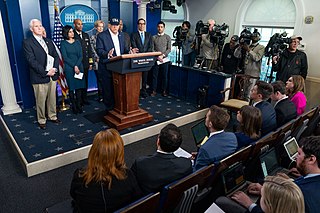
In public relations and politics, spin is a form of propaganda, achieved through knowingly providing a biased interpretation of an event or campaigning to influence public opinion about some organization or public figure. While traditional public relations and advertising may manage their presentation of facts, "spin" often implies the use of disingenuous, deceptive, and manipulative tactics.
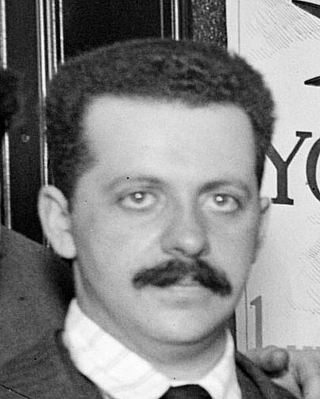
Edward Louis Bernays was an American pioneer in the field of public relations and propaganda, and referred to in his obituary as "the father of public relations". His best-known campaigns include a 1929 effort to promote female smoking by branding cigarettes as feminist "Torches of Freedom", and his work for the United Fruit Company in the 1950s, connected with the CIA-orchestrated overthrow of the democratically elected Guatemalan government in 1954. He worked for dozens of major American corporations, including Procter & Gamble and General Electric, and for government agencies, politicians, and nonprofit organizations.
Corporate propaganda refers to corporations or government entities that spread specific ideology in order to shape public opinion or perceptions and promote its own interests. The more well known term, Propaganda, refers to the spreading of information or ideas by someone who has an interest in changing another persons thoughts or actions. Two important early developers in this field were Harold Lasswell and Edward Bernays. Some scholars refer to propaganda terms such as public relations, marketing, and advertising as Organized Persuasive Communication (OPC). Corporations must learn how to use OPC in order to successfully target and control audiences.

Media manipulation is a series of related techniques in which partisans create an image or argument that favors their particular interests. Such tactics may include the use of logical fallacies, manipulation, outright deception (disinformation), rhetorical and propaganda techniques, and often involve the suppression of information or points of view by crowding them out, by inducing other people or groups of people to stop listening to certain arguments, or by simply diverting attention elsewhere. In Propaganda: The Formation of Men's Attitudes, Jacques Ellul writes that public opinion can only express itself through channels which are provided by the mass media of communication – without which there could be no propaganda. It is used within public relations, propaganda, marketing, etc. While the objective for each context is quite different, the broad techniques are often similar.
Astroturfing is the practice of hiding the sponsors of a message or organization to make it appear as though it originates from, and is supported by, grassroots participants. It is a practice intended to give the statements or organizations credibility by withholding information about the source's financial backers. The term astroturfing is derived from AstroTurf, a brand of synthetic carpeting designed to resemble natural grass, as a play on the word "grassroots". The implication behind the use of the term is that instead of a "true" or "natural" grassroots effort behind the activity in question, there is a "fake" or "artificial" appearance of support.
The following outline is provided as an overview of and topical guide to public relations:
A video news release (VNR) is a video segment made to look like a news report, but is instead created by a PR firm, advertising agency, marketing firm, corporation, government agency, or non-profit organization. They are provided to television newsrooms to shape public opinion, promote commercial products and services, publicize individuals, or support other interests. News producers may air VNRs, in whole or in part, at their discretion or incorporate them into news reports if they contain information appropriate to a story or of interest to viewers.
Earned media is content relating to a person or organization which is published by a third party without any form of payment to the publisher. It includes articles by media outlets, interviews with the person or representatives of the organization, or bylined editorials in trade press and other publications. It may also include social media sharing, unpaid mentions by podcasters, or word-of-mouth marketing.
The Advancement of Sound Science Center (TASSC), formerly The Advancement of Sound Science Coalition, was an industry-funded lobby group and crisis management vehicle, and was created in 1993 by Phillip Morris and APCO in response to a 1992 United States Environmental Protection Agency (EPA) report which identified secondhand smoke as a "confirmed" human carcinogen. TASSC's stated objectives were to (1) discredit the EPA report; (2) fight anti-smoking legislation; and (3) pro-actively pass legislation favourable to the tobacco industry.
Corporate communication(s) is a set of activities involved in managing and orchestrating all internal and external communications aimed at creating a favourable point of view among stakeholders on which the company depends. It is the messages issued by a corporate organization, body or institute to its audiences, such as employees, media, channel partners and the general public. Organizations aim to communicate the same message to all its stakeholders, to transmit coherence, credibility and ethics.
"The Engineering of Consent" is an essay by Edward Bernays first published in 1947, and a book he published in 1955.
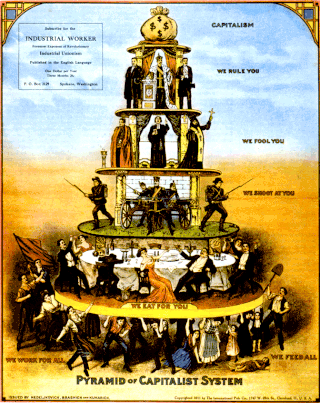
Propaganda techniques are methods used in propaganda to convince an audience to believe what the propagandist wants them to believe. Many propaganda techniques are based on socio-psychological research. Many of these same techniques can be classified as logical fallacies or abusive power and control tactics.

Burson Cohn & Wolfe is a multinational public relations and communications firm, headquartered in New York City. In February 2018, parent WPP Group PLC announced that it had merged its subsidiaries Cohn & Wolfe with Burson-Marsteller. The combined agency is now known as Burson Cohn & Wolfe.
Most textbooks date the establishment of the "Publicity Bureau" in 1900 as the start of the modern public relations (PR) profession. Of course, there were many early forms of public influence and communications management in history. Basil Clarke is considered the founder of the PR profession in Britain with his establishment of Editorial Services in 1924. Academic Noel Turnball points out that systematic PR was employed in Britain first by religious evangelicals and Victorian reformers, especially opponents of slavery. In each case the early promoters focused on their particular movement and were not for hire more generally.
Media Relations involves working with media for the purpose of informing the public of an organization's mission, policies and practices in a positive, consistent and credible manner. It can also entail developing symbiotic relationships with media outlets, journalists, bloggers, and influencers to garner publicity for an organization. Typically, this means coordinating directly with the people responsible for producing the news and features in the mass media. The goal of media relations is to maximize positive coverage in the mass media without paying for it directly through advertising.

Social media marketing is the use of social media platforms and websites to promote a product or service. Although the terms e-marketing and digital marketing are still dominant in academia, social media marketing is becoming more popular for both practitioners and researchers. Most social media platforms have built-in data analytics tools, enabling companies to track the progress, success, and engagement of social media marketing campaigns. Companies address a range of stakeholders through social media marketing, including current and potential customers, current and potential employees, journalists, bloggers, and the general public. On a strategic level, social media marketing includes the management of a marketing campaign, governance, setting the scope and the establishment of a firm's desired social media "culture" and "tone".
Word-of-mouth marketing differs from naturally occurring word of mouth, in that it is actively influenced or encouraged by organizations. While it is difficult to truly control WOM, research has shown that there are three generic avenues to 'manage' WOM for the purpose of WOMM:
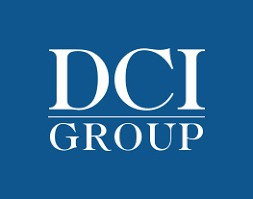
DCI Group is an American public relations, lobbying and business consulting firm based in Washington, D.C. The company was founded in 1996 as a consulting firm, and has since expanded its practice to become a public affairs company offering a range of services. DCI Group provides communications and advocacy services to clients including large US corporations, trade associations, non-profit organizations, educational institutions, and government organizations. Services include communication campaigns to solicit public action on legislative issues, including, it has been alleged, the creation of grass-roots fronts for corporate campaigns, and campaigns for clients on social media websites. DCI has been described as having "a knack for creating grassroots organizations and recruiting third party allies to advocate for a cause or an issue".







